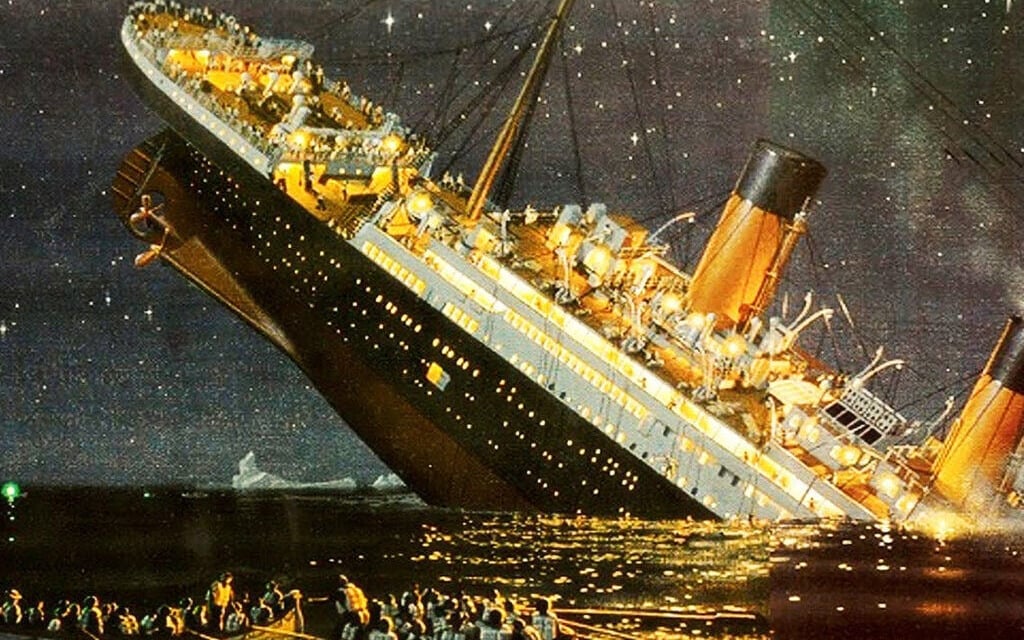Mass Tragedies


The Titanic Disaster
By: Mikh | 09/02/2025
The Titanic Disaster: A Mass Tragedy That Shook the World
On the night of April 14, 1912, the world witnessed one of the most infamous mass tragedies in history: the sinking of the RMS Titanic. Known as the “unsinkable ship,” the Titanic was a marvel of early 20th-century engineering, designed to symbolize human innovation, luxury, and progress. Its catastrophic sinking, however, revealed the fragility of human confidence, the inequalities of society, and the devastating consequences of unpreparedness.
Background of the Titanic
The Titanic was a British passenger liner built by the White Star Line and launched in 1911. At 882 feet long and weighing 46,000 tons, it was the largest ship afloat at the time. The Titanic was celebrated for its state-of-the-art technology, luxury accommodations, and opulent amenities for first-class passengers. It carried a total of over 2,200 people, including wealthy elites, immigrants seeking a new life in America, and crew members tasked with operating and maintaining the vessel.
The ship set sail from Southampton, England, on its maiden voyage to New York City on April 10, 1912, making stops in Cherbourg, France, and Queenstown (now Cobh), Ireland. Passengers marveled at the grandeur of the Titanic, but the excitement of its journey masked underlying risks and human errors that would soon turn the voyage into a nightmare.
The Collision and Sinking
On the night of April 14, Titanic entered waters known to have icebergs. Despite warnings from nearby ships, the vessel continued at near full speed. Around 11:40 PM, the Titanic struck a massive iceberg on its starboard side, causing a long gash along the hull. The ship’s watertight compartments, which were hailed as a fail-safe feature, were insufficient to prevent flooding, and it became clear that the Titanic was doomed.
Panic quickly spread among passengers and crew. Lifeboat capacity was alarmingly inadequate for all onboard—only 20 lifeboats were available, enough for about half of the passengers. Social class disparities became evident, as first-class passengers were more likely to access lifeboats, while many third-class passengers were trapped below decks. The chaotic evacuation, coupled with freezing temperatures in the North Atlantic, meant that over 1,500 people perished, including men, women, and children.
Human Stories and Heroism
Amid the tragedy, acts of bravery and sacrifice emerged. Some passengers gave up lifeboat seats for others, musicians continued playing to calm terrified passengers, and crew members struggled tirelessly to save lives. Notable stories include Captain Edward Smith, who went down with the ship, and the “Unsinkable” Molly Brown, a first-class passenger who helped row a lifeboat and assist survivors. These human stories highlight both the resilience and vulnerability of people in the face of disaster.
Global Impact and Aftermath
The Titanic disaster sent shockwaves across the globe. Newspapers reported extensively on the tragedy, and the harrowing loss of life became a subject of mourning and reflection worldwide. Public outrage over insufficient safety measures prompted significant reforms in maritime law. The International Convention for the Safety of Life at Sea (SOLAS) was established, mandating lifeboat capacity for all passengers, continuous radio communication, and ice patrols in dangerous waters.
Culturally, the Titanic became a symbol of human hubris and the consequences of overconfidence in technology. Its story inspired books, films, and countless documentaries, ensuring that the lessons of the disaster would resonate for generations.
Conclusion
The sinking of the Titanic remains one of the most profound mass tragedies in history, illustrating how technological marvels can be undone by human error, negligence, and social inequalities. Over 1,500 lives were lost, leaving behind a legacy of grief, heroism, and lessons that transformed maritime safety forever. The Titanic disaster continues to serve as a stark reminder of the fragility of human life and the need for vigilance, preparation, and compassion in times of crisis.
Coming Soon
We're on a mission .........................

Discover our full library of The Theos e-magazines and articles — all completely free to read.
We are a crowdfunded publication, dedicated to sharing knowledge, reflection, and theology with readers around the world.
Your support and donations help us continue offering open, accessible content for everyone, everywhere.
Join us in keeping wisdom free.
@ the theos since 2023 © 2023. All rights reserved.